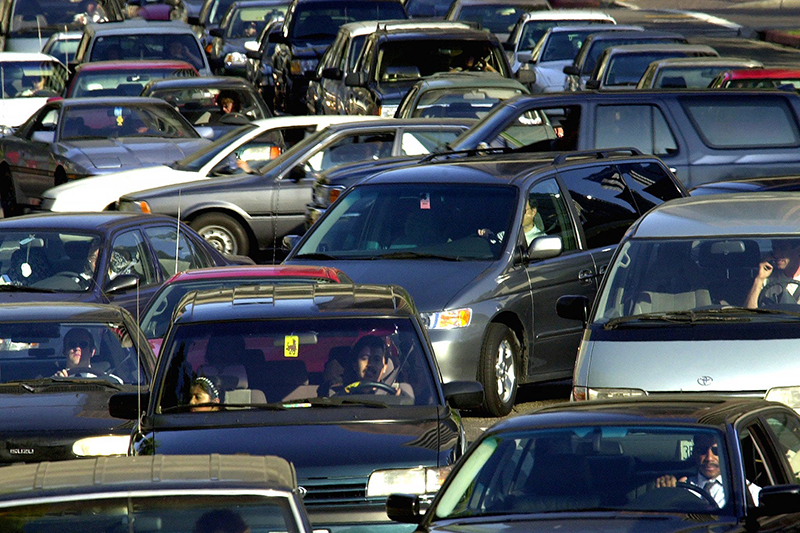Well, if you were hoping inflation would shrink down to the Federal Reserve’s preferred threshold of 2 percent, you are out of luck. Inflation is still much lower than the COVID-era highs. But, according to the Bureau of Labor Statistics’ latest Consumer Price Index report, overall year-over-year price increases amounted to 3.5 percent in March, marking a small uptick from February’s measurement.
On the surface, that doesn’t sound great for your food bills. But some everyday essentials aren’t increasing all that much in price, according to a handy inflation-breakdown chart from Yahoo Finance. Groceries are up just 1.2 percent, while gas is up 1.3 percent. Rent, at an increase of nearly 6 percent, certainly remains an inflation driver. But the biggest culprit, by far, is … auto insurance, which saw a 22.2 percent year-over-year surge in March.
When it comes to the Department of Labor’s inflation calculations, motor insurance hardly carries much weight compared with more common goods like food and energy. But while once-punishing increases in the latter two categories are finally flattening, the car insurance spike is pronounced and heightened enough that it’s throwing the whole equation off-balance. Motor insurance inflation ballooned far more from February to March than it did from January to February. With that acceleration, March saw the highest level of auto insurance inflation in nearly 50 years. Meanwhile, prices for used, new, and rented vehicles are all cooling off, per the CPI report.
This is a shift from recent trends. When inflation began its steady climb in mid-2021, year-over-year car insurance increases peaked at a surprising 16.9 percent—but those were far outstripped by mammoth price hikes for fossil fuels and used vehicles, which saw surges in the neighborhood of 40 percent. The inflationary summit in the months following Russia’s 2022 invasion of Ukraine was driven by resultant shocks in agriculture and energy (up to 10 percent and 40 percent, respectively), while motor insurance saw much less of an increase. But later in 2022, as overall inflation began to wane, auto insurance began seeing double-digit yearly increases yet again—and it kept growing, for the next year and a half, until it breached 20 percent last December. While food, energy, and vehicle prices all calmed down, car premiums remained an untamable beast.
This financial semitruck stuck out and kept inflation above economists’ projections, and many weren’t quite sure what to make of it at first. State-by-state policy differences were one possible factor, some experts told Reuters in January. Maybe insurance companies weren’t getting enough monetary protection from reinsurers (businesses that help to provide extra risk protection) especially as they anticipated the effects of wintery disasters. Lael Brainard, the White House economic adviser who’d previously helped lead the Federal Reserve, pointed to the ever-persistent “greedflation” bogeyman—i.e., corporations using economic conditions as an excuse to overcharge customers—as a possible explanation.
As premiums continued to soar into February, however, the actual reasons became clearer. For one, interest rate hikes pretty much always cause insurers to boost their premiums, as heightened liabilities incentivize loan-writers to take fewer risks. Plus, consumer vehicles are still more expensive than they were pre-pandemic. Pricier cars are more expensive to insure, and cars in general are more costly to fix, too: The parts are more complex and harder to source. Then there are electric vehicles, which are more expensive on average to repair at the moment. Meanwhile, a lot of folks have flocked to unnecessarily large gas-powered SUVs that are harder to maintain and to fix, considering how exorbitant their individual components are. This has likewise been reflected in CPI data, with the motor vehicle maintenance and repair inflation rate reaching 11.1 percent in September.

